I have supported many on-leash reactive dogs with dog training. Salt Lake City has a large amount of committed owners that want to overcome this issue. First, lets identify the criteria of on-leash reactivity. On-leash reactivity generally means that when your dog is on leash and sees another dog, your dog will alert at the approaching dog and show signs of arousal. These arousal signs usually include the following:
1.) The dog has an alert body posture. This means his ears and tail are upward when he sees another dog. His eyes will also fixated on the approaching dog.
2.) His posture is very stiff and rigid.
3.) He is pulling toward the approaching dog and may also be lunging on leash.
4.) Most dogs that are reactive on-leash will vocalize by barking and / or growling.
The dog maybe excited when he sees other dogs, but his body posture is fluid and relaxed. If this is the case your dog may not have on-leash reactivity. However, it is best to consult a professional Salt Lake City dog trainer to be sure.
Once you can identify that your dog has on-leash reactivity, you need to be aware that your dog may or may not be okay to greet the approaching dog. Many dogs that are reactive on- leash have on-leash frustration which means that when they are able to greet the dog they are extremely friendly. Then when the greeting actually happens the dog wants to play with the approaching dog. However, some dogs have on leash aggression. This means that they are not capable of greeting the dog in a friendly manner but instead will attack the dog if the approaching dog comes up to him. In order to tell if your dog has on-leash frustration or on-leash aggression, it is best for you to consult a professional, and it is best to immediately begin dog training. Salt Lake City has many professional reward-based dog trainers. If you wait on training the issue can intensify. On-leash frustration can easily develop into on-leash aggression.
How does on leash reactivity develop? There are many reasons. One common reason is allowing your dog to pull on leash and be overly excited when he sees other dogs. The more the dog realizes that being excited and pulling on the leash results in moving closer to the dog of his choice, the more he realizes that the excitement behavior pays off and is reinforced. Overtime the excitement then develops into on-leash frustration and then may progress to on-leash aggression. For this reason, many dogs that are reactive on-leash, are great with greeting other dogs when they are off leash. As a professional dog of Four Legged Scholars LLC, Dog Training, Salt Lake City, we highly recommend training your dog to walk loosely on the leash to prevent the development of this behavior. We have a Sophomore Obedience Leash Walking Group Course that is great to support you in creating a loose leash walking dog. This course is for dogs that pull on the leash and are not reactive on-leash.
The best way to treat on-leash reactivity is through positive reinforcement dog training. Punishment training with prong collars, choke collars, shock collars, etc. exemplify the problem and can create your dog to be even more reactive. To create ultimate success your dog’s emotions need to shift to becoming more happy and relaxed when he sees an approaching dog. Remember you want to focus on positive reinforcement dog training. Salt Lake City has many positive resources that will teach you to use systematic desensitization through counter conditioning or BAT (behavioral adjustment training).
Your Turn! We want to hear from you in a comment below!
What did you learn about on-leash frustration? What steps will you take to create a change in your dog’s behavior?
Namaste!
Johanna Teresi, Professional Trainer and Owner of Four Legged Scholars LLC, Dog Training, Salt Lake City
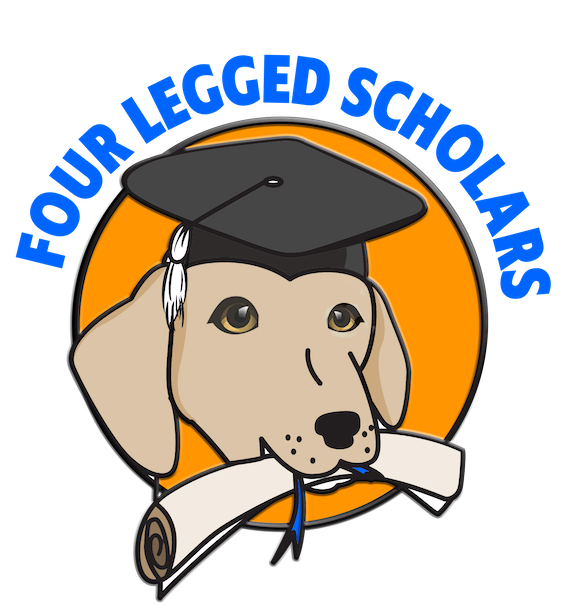

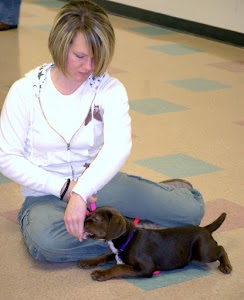












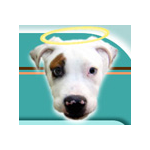
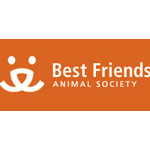
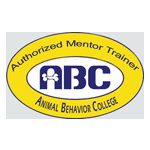

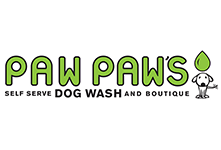
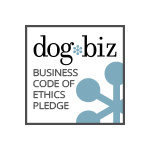
0 Comments